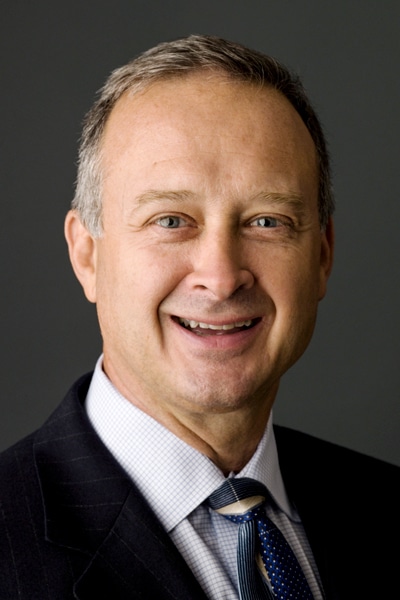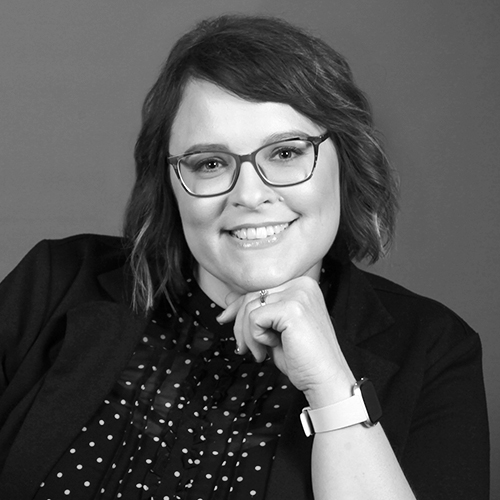Greg Halvacs has been around long enough to have seen nearly every possible scenario when it comes to corporate risk mitigation and disaster recovery. As senior vice president and chief security officer at Cardinal Health, he and his team have dealt with multiple category-five hurricanes as well as other crises across the country for the global-wide company. His ability to adapt and lead his team through a variety of scenarios has garnered Halvacs praise from his business partners.
“Congratulations to Greg Halvacs on your recognition in American Healthcare Leader. This is a well-deserved acknowledgement of your work in driving innovation and as a leader within the healthcare industry,” says Ken Wimberly, vice president and general counsel for American Airlines.

Halvacs spoke with American Healthcare Leader to explain how he efficiently and effectively covers a wide range of risk management priorities across an organization of about fifty thousand employees in nearly sixty countries.
How did you come to be responsible for nearly every aspect of safety at Cardinal Health?
Halvacs: Up until several years ago, the structure of our function was divided in a way that made collaboration challenging. Real estate reported to operations, environmental, health, and Safety (EHS) reported to the legal departments, and travel reported to procurement. Now we’ve shifted to a consolidated, risk-based approach. Each of those areas, in addition to meetings and events, corporate aviation, and security, now all fall under one umbrella. Instead of being driven by concerns of each individual business group, we have a senior leadership team that meets monthly to discuss common issues, long- and short-term strategies to address any gaps, and to create consistent approaches to reduce risks to our employees and facilities.
Has that consolidation enabled you to streamline processes or improve efficiencies in other ways?
Halvacs: I have been able to lead initiatives to simplify safety management processes. Because the majority of what we manufacture is medical products, such as gloves, operating room drapes, and medical devices, we have standardized our safety management systems and processes. Another example is we’ve automated the system for employee travel so that basic information is pulled from their previous trips and they don’t have to fill out a long questionnaire every time they travel for business. We’ve also standardized our corporate identification badges so they can be used in multiple locations for both access control, time, and attendance.
How have you addressed the many acquisitions over the past few years that have exponentially increased the number of employees and locations globally?
Halvacs: We’ve developed a standard playbook for the first one-hundred days after an acquisition closes. Everything is standardized as we identify gaps in readiness or specific risks that need attention. Our acquisition of Medtronic’s Patient Recovery business still presented opportunities for growth as we integrated ten thousand new employees over the course of six months. We had to visit facilities, determine the risk status, and educate them on our crisis management process. We also provided them with key security and safety points of contact.
What are the fundamental components to being adequately prepared?
Halvacs: First is to regularly assess risk factors so you have appropriate plans in place. This includes having local and regional teams for each site since we can’t effectively manage an issue on the ground in Europe, for example, from Ohio. We also have an extensive communication network that extends up through leadership to a global operations center, and local reaction plans that are regularly tested for multiple scenarios. In each one, we prioritize three things: employee safety, keeping facilities up and running or getting them back online, and meeting customer support requirements.
In any major weather event, we have to consider specifics, such as whether employees can get to work even if their own homes have experienced damage. We are committed to our responsibility of being “essential to care.” We take this seriously given that the products and services we provide really are the glue that keeps healthcare systems operating in many locations. We have to be resilient.
With so much preparation and so many reviews, have there been circumstances that caught you by surprise?
Halvacs: Most weather events—hurricanes in particular—we can see coming, but 2017 and 2018 were difficult years. In addition to Hurricanes Maria and Harvey, there was a major earthquake in Mexico, so our disaster teams were on alert continuously for several months. In all those instances, we were among the first organizations to be able to respond to our customer and employee needs.
One instance that did come as a surprise was the avian influenza outbreak in 2012. We have pandemic plans in place and had expected to see it migrate from Asia, but it came to the United State through Mexico, where we have many employees and facilities. It spread faster than expected, so we had to work out logistics to get vaccines to our customers, such as hospitals and pharmacies.
What are the most important lessons you’ve learned over the course of your career?
Halvacs: There are new issues every day—everything from natural disasters to political unrest. You have to stay aware of all types of changes that are happening—or might happen—and be prepared. That’s why constant monitoring, testing, and regular communication with our local and regional leaders is so important. With all the functions I’m responsible for, there’s probably no place in the organization we don’t touch, so constant networking, assessing, and training help us to do a better job.
Prepare for the Worst
Hurricane Maria nearly destroyed Puerto Rico’s infrastructure, which made circumstances unusually difficult for Cardinal Health’s more than eight hundred employees on the island. Existing disaster plans rely on local resources, but basic supplies had to be delivered from the US mainland by barges and by air.
The company had fuel for diesel generators at its facilities, but employees needed basic provisions such as food, water, plastic utensils, and cash.
“We’re re-examining plans for other areas to ensure we can function in the face of a complete infrastructure collapse,” Greg Halvacs says. “That includes having enough satellite phones and gasoline for future disasters.”

